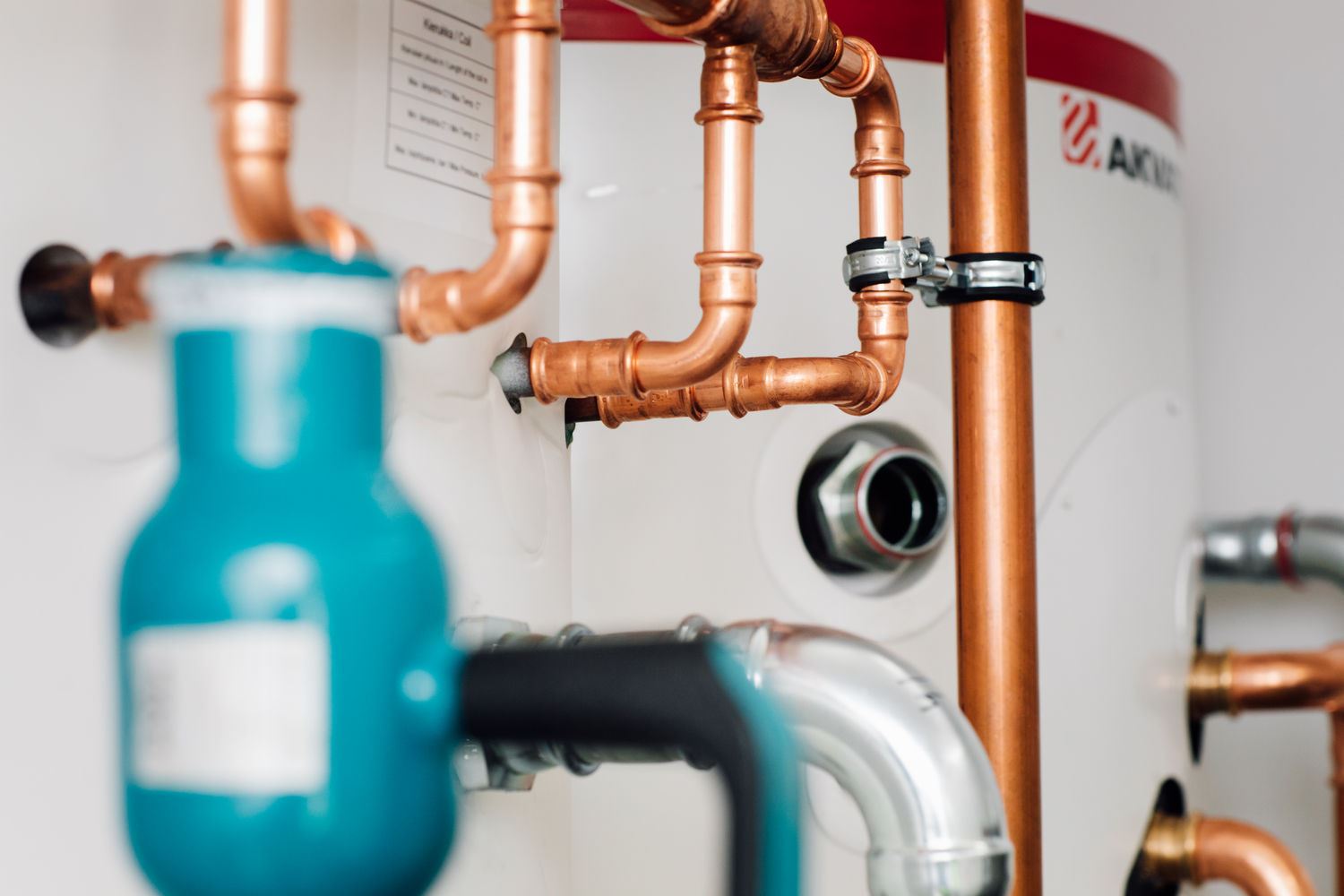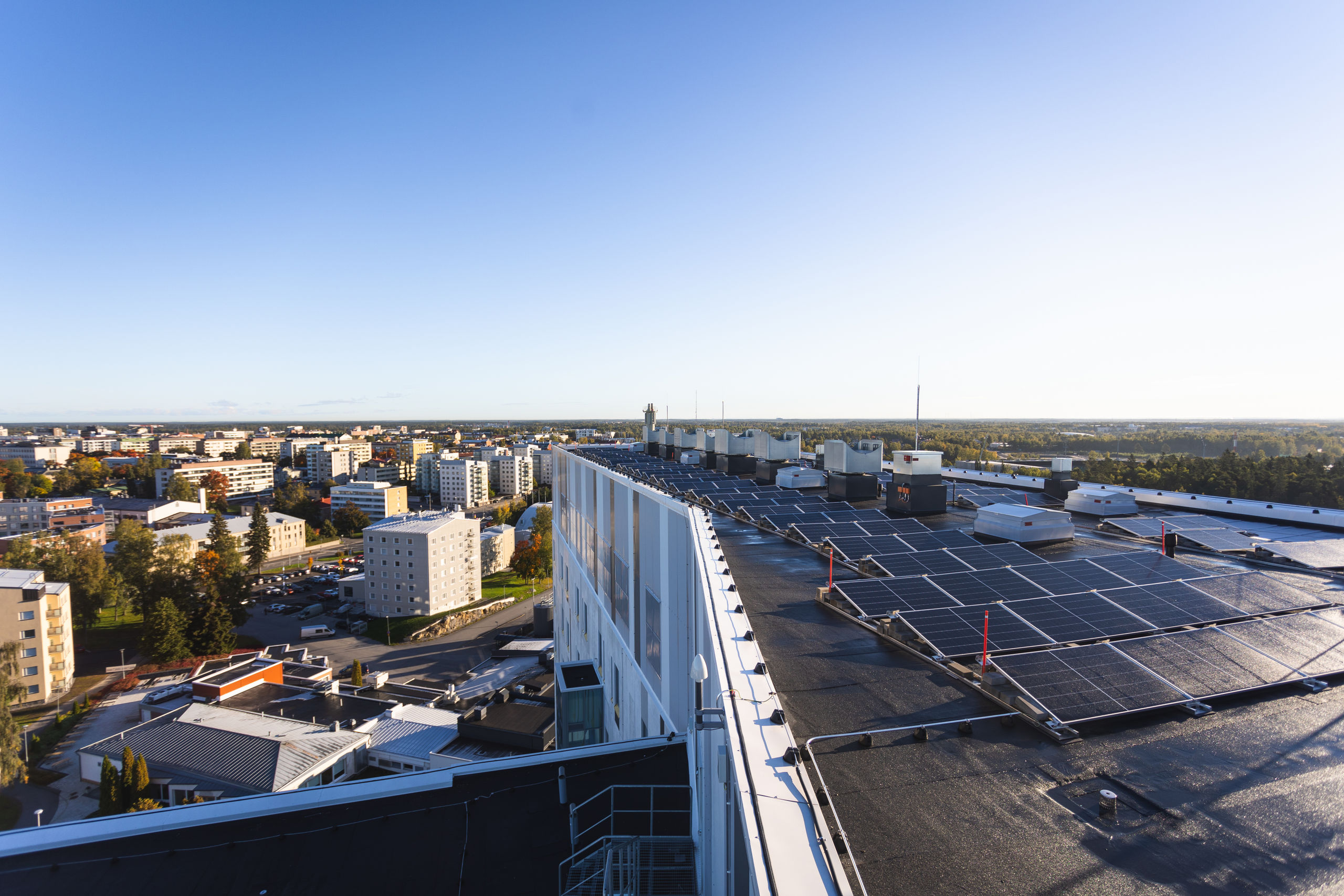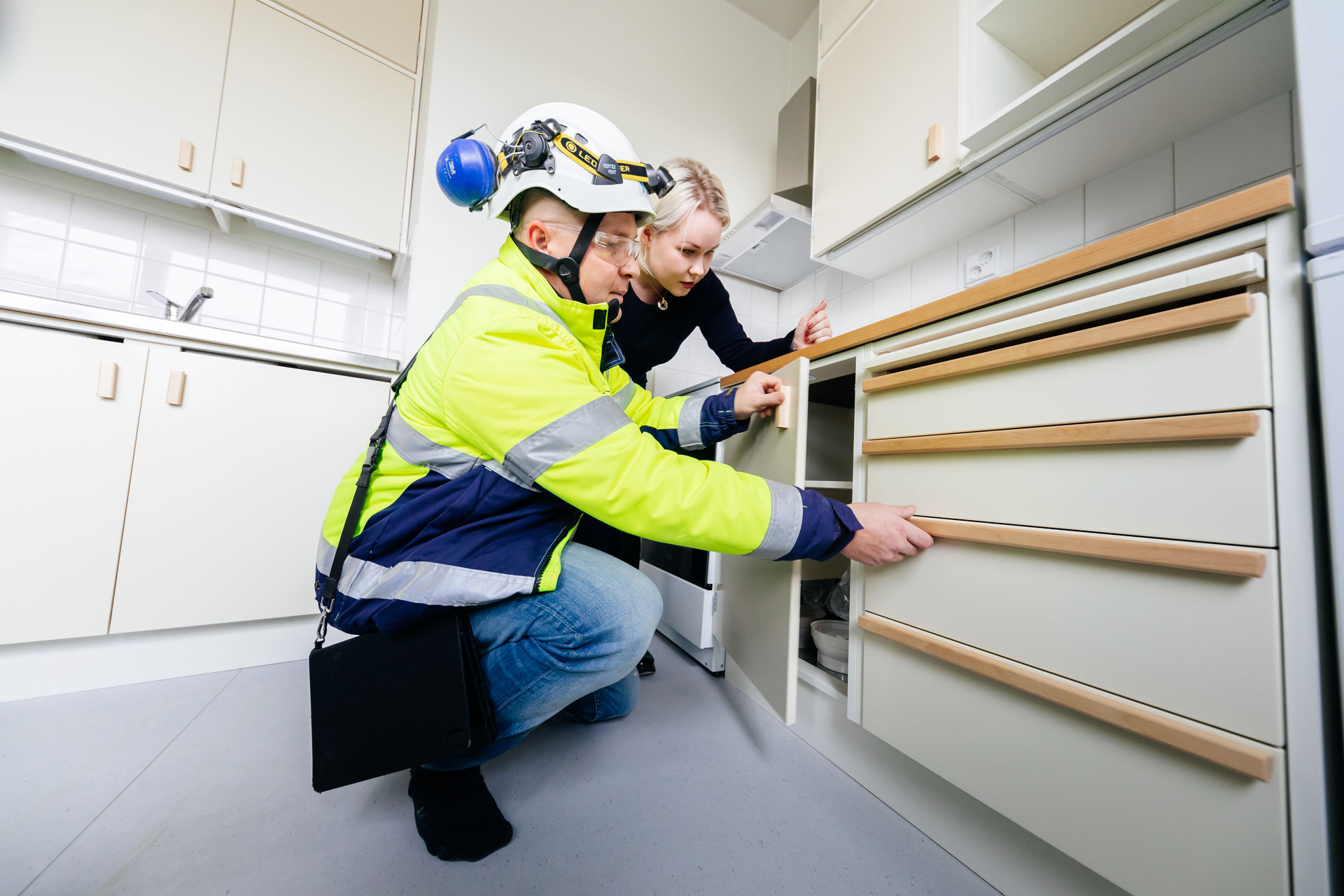Sustainable data centers as a service
Ten things you need to know about pipe and energy renovations
A carefully designed and executed pipe and energy renovation enables housing companies to improve the comfort of living, reduce energy costs and cut the property’s emissions. Below are some tips and information for a seamless renovation project.

1. When does a pipe renovation tend to happen?
Often, the incentive for a pipe renovation comes from a condition survey revealing the pipes to be in bad repair or damaged pipes. However, other technologies and facilities in the property may also be in need of an upgrade. Pipe renovation often entails more extensive renovation, upgrading the technical building systems to meet the modern times and comprehensively developing the property. A pipe renovation can be cost-efficiently combined with e.g. an energy, yard, facade or roof renovation.
2. How does a pipe renovation project start?
A housing company’s renovation project starts with a requirement analysis and project planning to assess the need for, scope and implementation of the renovation. As project planning provides the guidelines for a major renovation, it is worth investing in. In addition to a technical and financial assessment, one of the key goals of project planning is to bring the housing company’s shareholders onboard.
3. Can a pipe renovation be combined with an energy renovation? What is the benefit?
Combining an energy renovation with a pipe renovation is a good idea because both frequently involve a need to replace the same technologies. The required piping, electrical cabling and earthworks can be implemented in a cost-efficient manner in conjunction with a pipe renovation, reducing the level of the energy renovation. A geothermal project often makes it necessary to upgrade the electrical connection and make changes to the technical facilities, and the required preparations are easy as part of the pipe renovation. These provisions can also be made as an investment in the future.
4. What are the most typical current energy renovations?
Currently, housing companies are largely surveying the option to switch to geothermal heat, which
involves assessing the locations of boreholes on the plot as well as the saving potential with regard to the current
heating method.
5. What can an energy renovation include?
In addition to, or separate from, implementing geothermal heat, an energy renovation can include exhaust air heat recovery, solar panels or building automation systems. The energy efficiency measures should always be assessed on a case-by-case basis for each site.

6. How is a pipe and energy renovation implemented together with a contractor?
YIT Talon Tekniikka provides the opportunity to develop the project together as a turnkey contract, where a contractor-led preliminary design stage is conducted in order to map the options and determine the quality level. The goal is to find the best solution for the housing company. After that, it is time to negotiate the actual contract agreement.
7. What are the benefits of a turnkey contract in pipe and energy renovations?
In a turnkey contract, the scope and a fixed price are agreed with the housing company, leaving the housing company with one contracting partner. In addition to implementation, the contract agreement includes implementation planning, with the contractor steering the planning in accordance with the agreed content and involving the housing company in
decision-making.
From the housing company’s viewpoint, a clear advantage is that the contracting partner carries the overall responsibility from planning to implementation. The joint planning stage makes it easier to identify a mutual objective for a successful result, and the site preparations can occur in the background, making the actual implementation stage smoother.
8. How long does a pipe renovation take and can you live at home during it?
The length of each pipe renovation varies depending on the scope and the building’s special characteristics. The work is always subject to technological advances, but the number of apartments in the part of the building under renovation at any given time can hugely vary, from 10 to more than 20 apartments. On average, the period of disruption is approximately 12 weeks, during which time the apartment cannot be lived in.
On suburban sites, the period of disruption may be shorter, whereas in the older urban buildings, the period of disruption may be longer. Based on renovation satisfaction surveys, customer satisfaction is higher when the entire stairwell is renovated at once. Another contributing factor is occupational safety as the work areas can be clearly marked off.

9. What kind of home improvements are feasible in connection with a pipe renovation?
A pipe renovation provides a good opportunity to carry out a renovation of your kitchen or apartment to suit your personal needs. The opportunities are practically limitless, from changing basic functions to minor surface work. Major changes may necessitate design work, which the project team’s designers can provide, if required.
When it comes to conducting renovations in conjunction with a pipe renovation, an added bonus is cost-efficiency; for example, some of the technologies in a kitchen are included in the renovation as it is. All of the work takes place during one period of disruption, and one project team is responsible for performing the work to a high standard.
10. Why does the cost of pipe renovation vary so much?
The costs are often reviewed in isolation, without looking at the big picture. A housing company might conduct a simple water pipe renovation or sewage CIPP to fix the pipes. On the other hand, another housing company might opt for a traditional pipe renovation, involving the replacement of not only the pipes, but also wet rooms and other technologies, as well as improvements to the communal facilities. These two cases are not mutually comparable.
The costs should always be considered in the context of the scope.



